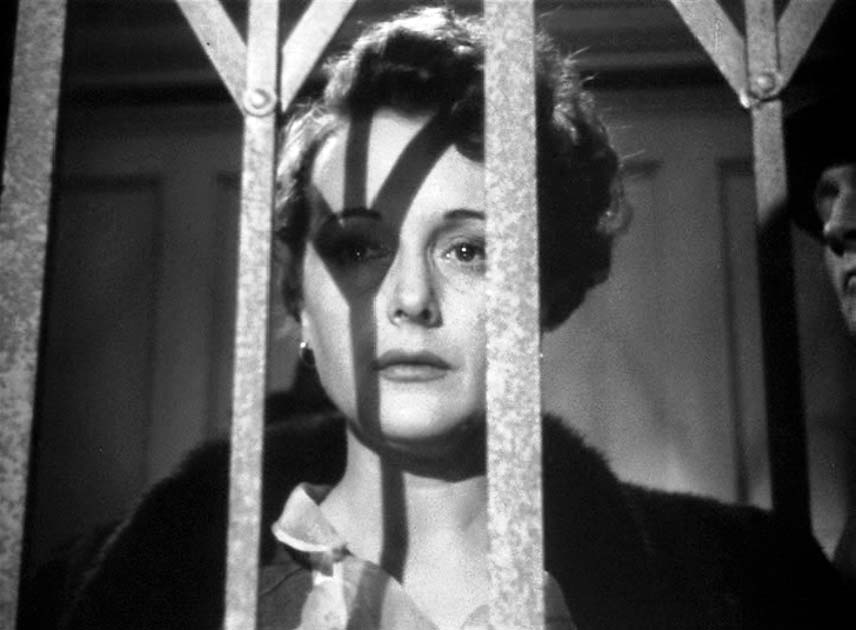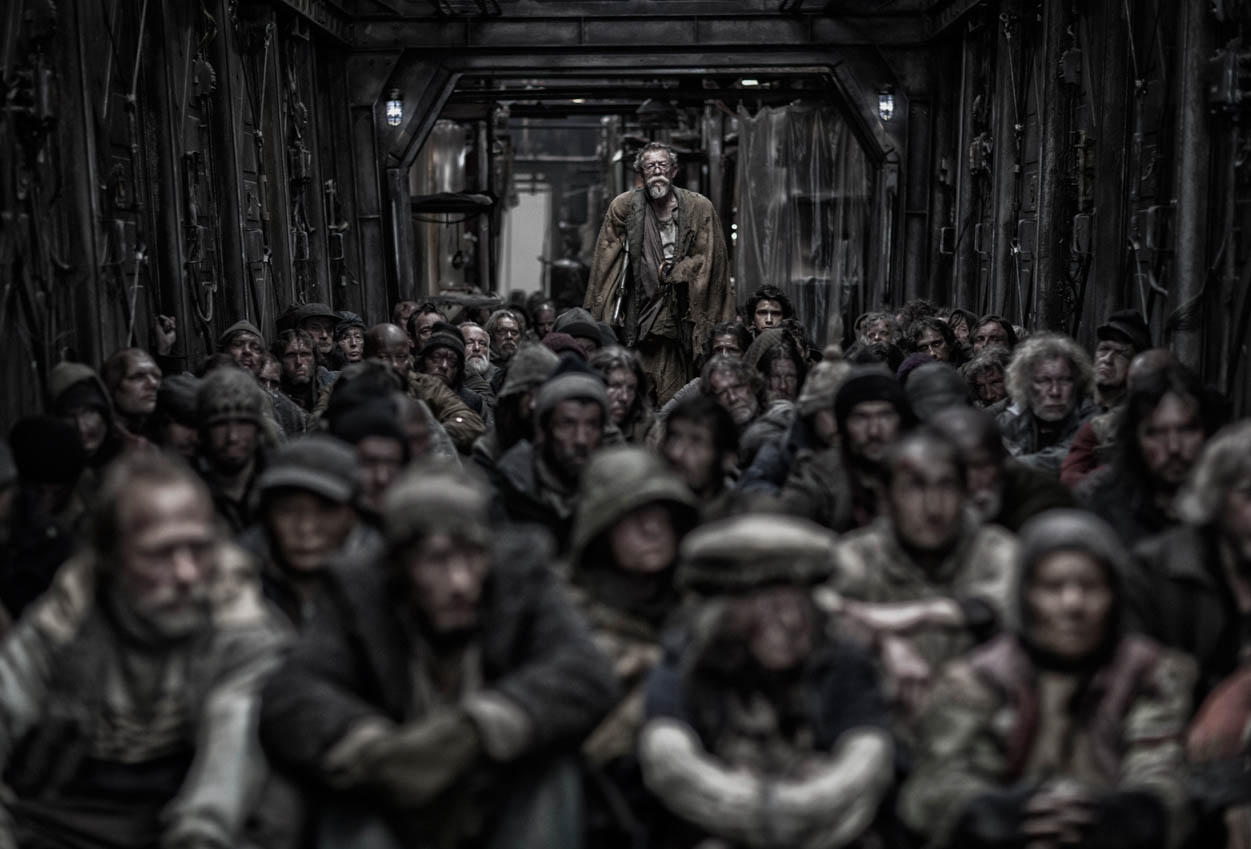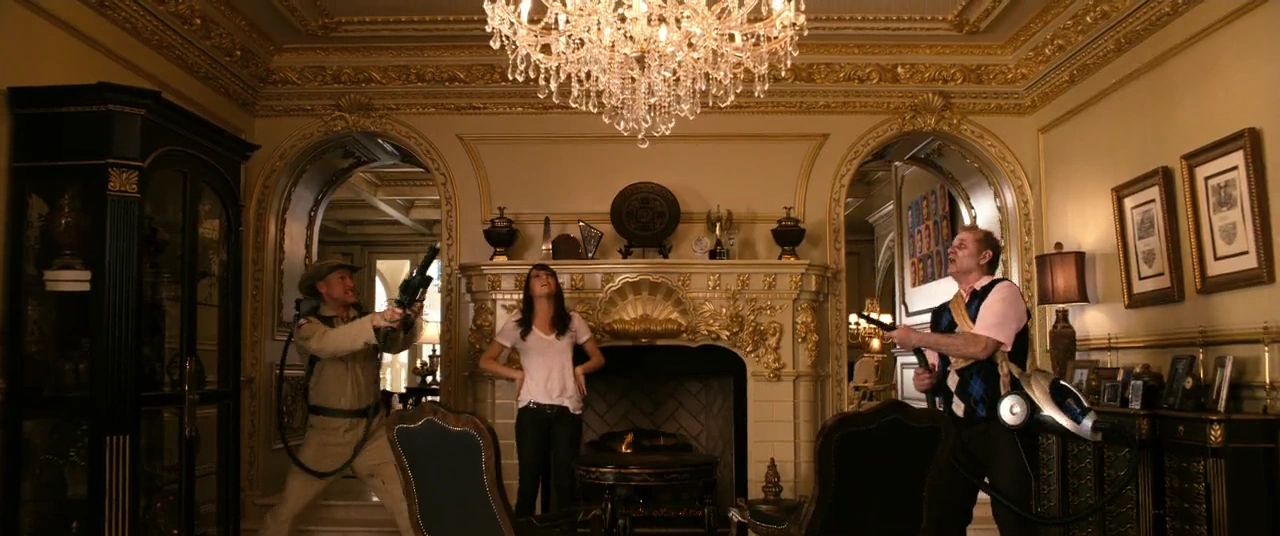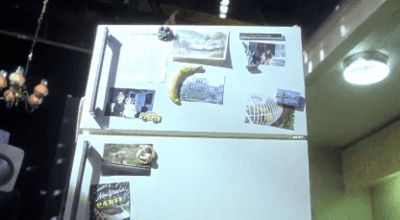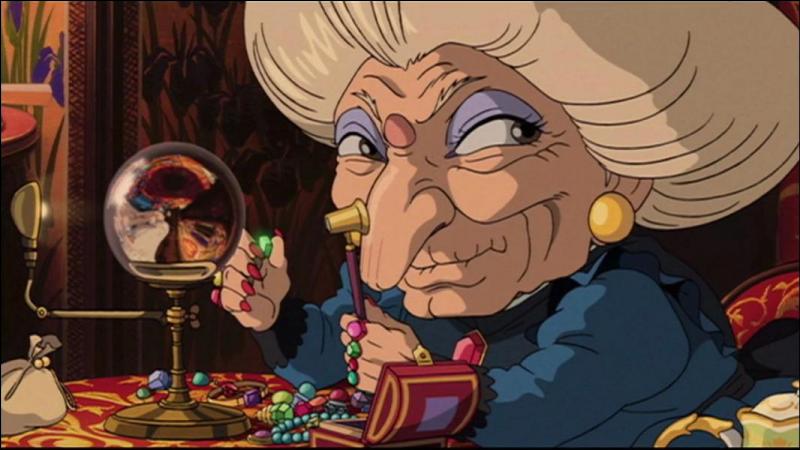A group of
French filmmakers criticized films in the film industry. For instance, they
started coined the blank and white crime thriller film as film noir. Thence, in
the late 1950's and 1960's, the French New Wave is also a term coined by them
as well. They revolutionized cinematic conventions by merging the fast
cuts of Hollywood with philosophical trends (Parnell, n.d.). One of the critics
was Jean-Luc Godard, who filmed Breathless which started the French New Wave
movement in 1959.
Before
1950’s and 1960’s, French films were generally literary adaptation which the
films were normally made based on books, novels, fictional tales, etc. These
films were filmed within the studio system. However, after World War II,
filmmakers started making films about the context of troubles of post-World War
II which presented as a documentary style. Many French filmmakers made
documentaries of Nazi death camps. Other than that, cinema verite which means
cinema truth
were also made through real documentary with no interruption in the filming
(Hayward, 2013). For instance, they filmed a man’s 1 day of his life as a trash
man without interrupted.
In the 1951, Jean-Luc
Godard and Francois Truffaut started writing about philosophy of making movies
and film noirs which was published in the Cahiers Du Cinema magazine. Before
becoming a critic, Jean-Luc Godard was a director of his significant film,
Breathless, which was produced in a low budget but accepted by the public.
Therefore, he and his colleagues were absorbed into studio system with budget
provided to make new films. However, they didn’t get to practice what they used
to do in films anymore, hence, films of French New Wave were getting decreased,
and they were then turned to academic and criticism and become critics and
theorists, as they unable to get into the French commercial cinema (New Wave
Film, n.d.).
Breathless
follows the romance between Michel who is a murderer on the run and Patricia
who is an American girl set within the urban Paris streets. Michel attempts to persuade Patricia to run away with him to Italy. However, Patricia betrays him by revealing his location to an inspector.
Personal
authorship is important as a branding for directors. Their signature personality, the way of
visual, type of theme were shown in each successive film. Besides, they
rejected tradition filmmaking which rely on linear tropes of storytelling and
dialogues. Godard developed own film that generally rejected by tradition films which caused them did not get funded by studio. Due to the low budget issue, the inconstant composition while shooting a film became his style as well as the jump cuts (Parnell, n.d.). For instance, when Patricia is sitting in the car, the scenes outside the car keep on changing as in they have passed different places.
Next, they took audiences to look at
mise-en-scene, they made visual as the main thing instead of transferring
script into a movie. Godard and friends rejected the montage aesthetics and strong editing in making a film. In another words, they favored mise-en-scene as what is within the visual. They believed a film must include emotion and psychological experiences instead of to be just intellectual or rational experiences. The filming techniques included fragmented, discontinuous editing, and long takes (Johnson, 2015). For example, the long takes shot while Michel and Patricia are having conversation on the street, the camera just followed their movement while the scenes behind are changing. Besides, unlike tradition Hollywood films which actors weren't allowed to look directly into cameras, Godard filmed Michel who speaks to audiences and himself through camera while he is driving on the road.
Additionally, Besides, Godard filmed with available light only and exhibited
direct sounds while shooting (Darke, n.d.). For example, while Michel and
Patricia are having conversation in the room, we can hear the ambulance siren
passes by twice. Next, unlike the film noirs, Godard usually show strong female
archetypes. For instance, Patricia who doesn’t depend on men and she comes to
France herself. Although she is engaged in a criminal case, she joins Michel stealing car, however, she betrays him as well by revealing his location to an inspector. A strong woman is able to practice choices and make decision herself. In the Breathless, we can see Michel objectifies Patricia as an object, he seduces her and persuade her to leave with him to Italy. Unlike traditional women who were portrayed obedient, couldn't be ambitious, weren't allowed to work and get educated, Patricia has her own job in France as a student and aspiring journalist, she also sells newspaper on the street to feed herself.
The French New Wave ended in 1969. Studios hired and absorbed French New Wave directors. As they were under studio system, the form of films embedded into the mainstream. However, only Godard who continued to develop his style of making films. There was when French New Wave films slowly ended.






